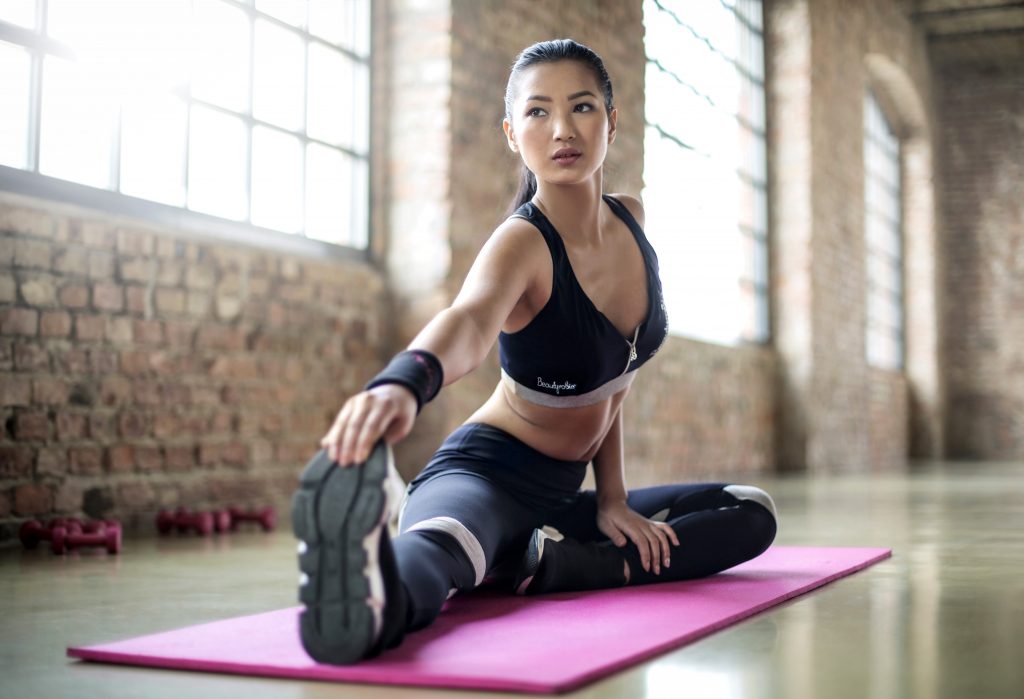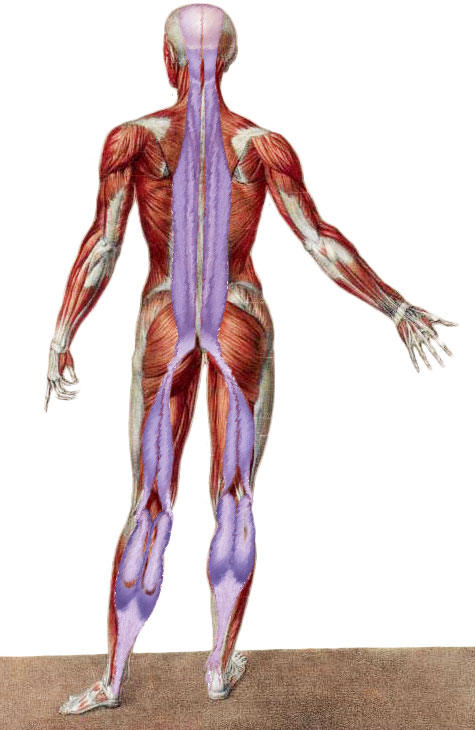The effect of stretching duration on Range of Motion
Different stretching strategies and protocols are widely utilized to improve flexibility or maintain health. Stretching acts on the muscle tendon-unit and used to improve the range of motion (ROM) of the joints. A review from University of Palermo in Italy evaluated the current body of literature to understand the relation between type of stretching and ROM. The researchers also investigate if there is a relation between stretching volume (either as a single training session, weekly training and weekly frequency) and ROM.
Twenty-three articles were included in the quantitative review. The results show that:
- All types of stretching showed ROM improvements over the long term.
- Static protocols showed the most significant gains when compared to the ballistic or proprioceptive neuromuscular facilitation (PNF) protocols.
- The amount of time spent stretching a particular muscle group during a single stretching session did not seem to be important toward increasing joint flexibility.
- The overall volume of stretching during a week did correlate with increased joint flexibility, as long as the total amount of time spent stretching the muscle group per week was at least five minutes.
- The frequency of stretching sessions per week was also positively correlated with increased joint ROM.
The authors summarized that based on the evaluated data, stretching at least five days per week for at least five minutes per week using static stretching is likely to have beneficial effects toward improving joint ROM.
Robert Schleip suggested that: As an averagely desk worker with slightly stiff joint mobility, you could experiment with stretching your hamstrings alternately for 1 minute each leg from Monday to Friday when brushing your teeth in the morning. If successful, your yoga teacher should notice the difference after three to six months on her own accord, of course without you telling her anything about it beforehand. 🙂
Comment by Joseph Muscolino
It is a bit surprising to me that static stretching protocol was found to be more successful than other stretching protocols evaluated. However, it should always be kept in mind that when a “metastudy” like this done, the uniformity between the various studies evaluated is not always consistent. Therefore, there is not always an “apples to apples” comparison with metastudies. However, there are three takeaway points from this study that are important:
- All stretching protocols resulted in increased joint range of motion.
- Overall volume of stretching per week seemed to be more important than how much time is spent during any one stretching session.
- Frequency of stretching (number of stretching sessions per week) was important.


